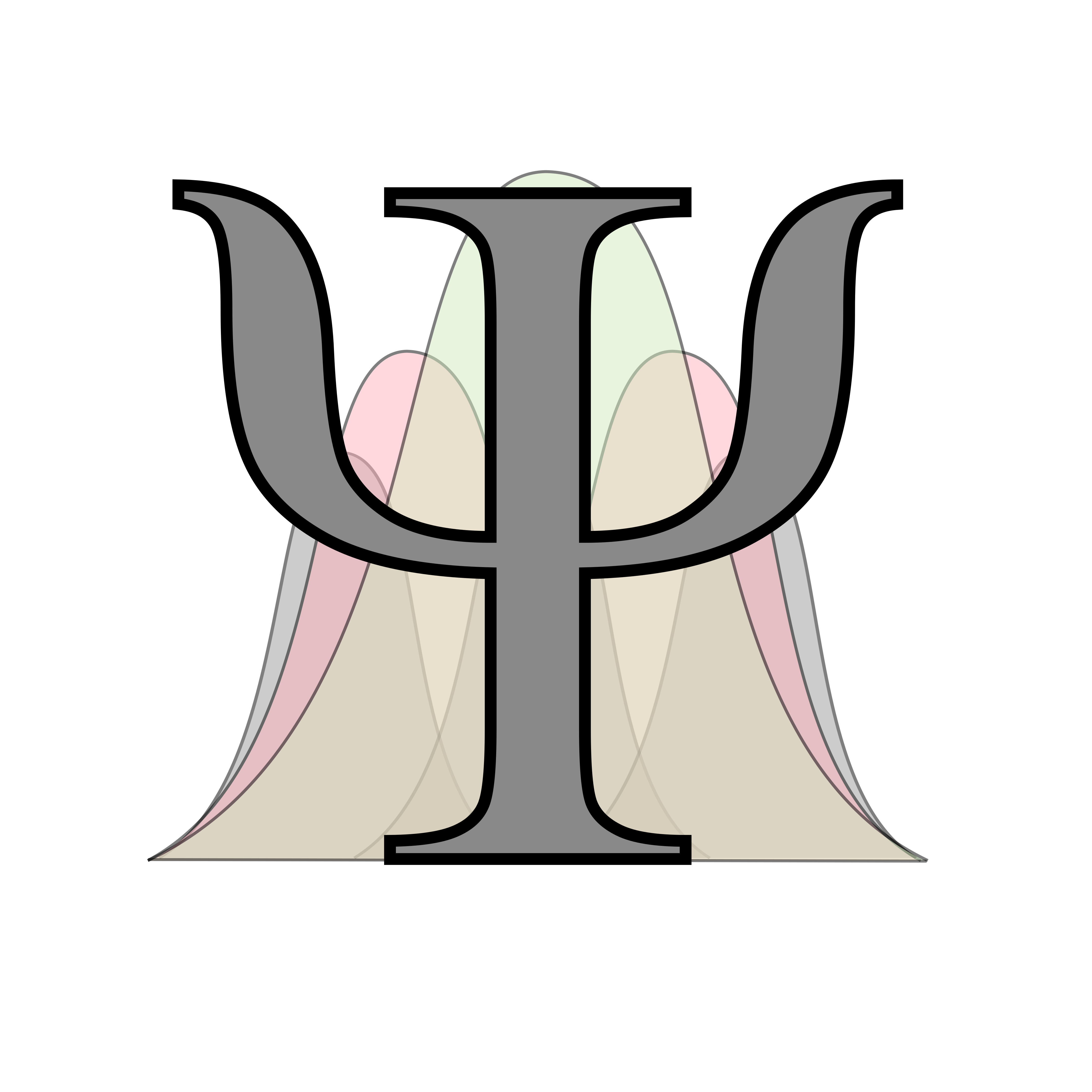Kletetschka said his theory overcomes some of the problems with earlier three-dimensional time theories that are based on traditional physics.
Those earlier theories, for example, describe multiple time dimensions in which cause-and-effect relationships are potentially ambiguous. Kletetschka’s theory ensures that causes still precede effects, even with multiple time dimensions, just in a more complex mathematical structure.
In three-dimensional time, the second and third dimensions are thought by some researchers, notably theoretical physicist Itzhak Bars of the University of Southern California, to become apparent, or unfold, at levels of extreme energy such as during the early universe or in high-energy particle interactions…
[…]
His framework accurately reproduces the known masses of particles such as electrons, muons and quarks and also explains why these particles have these masses.



I’d say this hypothesis is interesting and if we wait some time we could develop ways to test it, but then I don’t know in which dimension of time we’d need to wait for that. What if we wait orthogonally, in the wrong time dimension, and thus we never discover the necessary tests to falsify the hypothesis?
I’m half-joking. I see this new framework as a good development; even if I’m personally sceptic towards it, it might be surprisingly true or lead us towards the right direction, dunno.